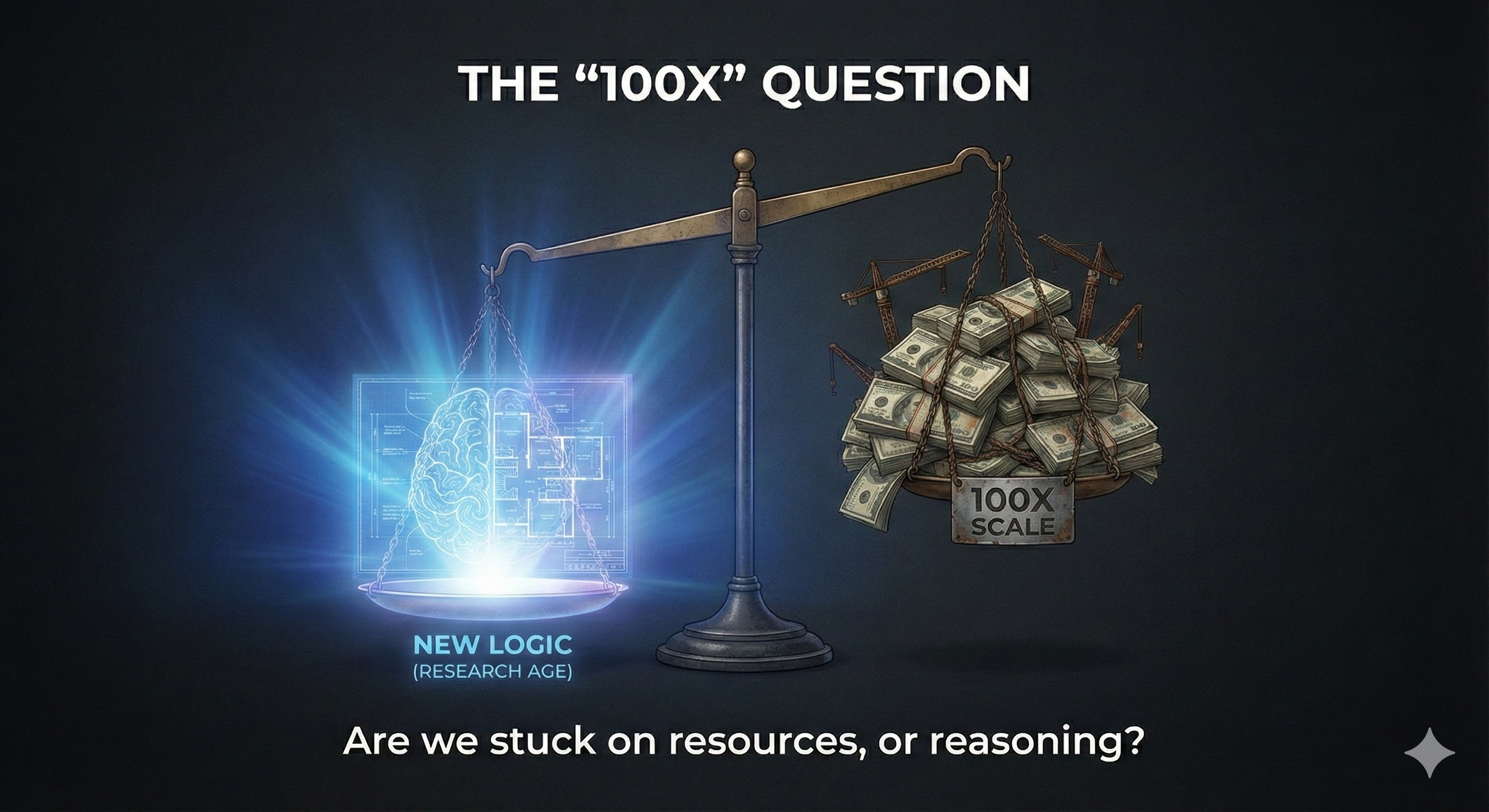If you run projects, your edge used to come from two engines:
Systems of record — you combine capital and labor and get output. Economists model this as a production function (think “how much value do I get for each dollar of K and hour of L?”). It’s the world of budgets, schedules, CRM entries, and progress draws. (SAGE Journals)
Systems of participation — you win by growing a broker/media ecosystem. More participants create more potential connections (why MLS, WeChat groups, and realtor lunches matter). This dynamic is often described by Metcalfe’s Law: network value grows with the square of its size. (LinkedIn)
What changed: we’ve entered the age of systems of insight—where first-party data is converted into weekly decisions(who to contact, when, on which channel, with what offer) and the loop learns from outcomes. In AI-native businesses, this learning loop compounds value—each cycle produces better targeting and timing without more headcount. Harvard Business Review calls these “AI factories,” where data→model→action→feedback creates structural advantage. (cisr.mit.edu)
Why most “data-driven” shops still miss it
They use data mainly as a rear-view mirror—monthly dashboards that describe yesterday. That doesn’t compound. The strategic shift is treating data as capital you invest and reinvest: an asset that powers faster decisions and gets more valuable the more it’s used. MIT and industry research have been arguing for years that data should be managed like a balance-sheet asset because it can be redeployed at near-zero marginal cost across decisions. (tomdavenport.com)
The practical stakes (this year, not “someday AI”)
Independent studies show that marketing & sales capture a large share of AI’s near-term economic upside—not because of sci-fi, but because better ranking and timing move conversion with the same budget. McKinsey’s 2023 analysis estimates hundreds of billions of dollars in annual value in marketing/sales use cases alone (personalization, lead scoring, dynamic outreach). (Studocu)
And velocity matters. The teams that shorten decision cycle time—the loop from signal → action → measured outcome—outcompete slower rivals. This is an old principle (Boyd’s OODA loop), newly automatable with today’s data pipelines. (MIT Sloan)

The three systems (and where to modernize)
System of Record (SoR): Clean, consistent, auditable data (inventory, pricing, CRM). Necessary—but alone, it describes the past. (hbr.org)
System of Participation (SoP): Your brokers, media, partners. Necessary—but expensive to grow, and parity tools flatten advantages.
System of Insight (SoI): A weekly decision engine that re-orders work: ranks leads, picks channels/times, and learns from outcomes across projects. This is where compounding shows up—value rises as the loop ingests more first-party data.
Think of SoI as machinery: the same team makes more per 100 touches because the order and timing get smarter each week.
CEO-level “Why Now”
Are all three production factors at work—Capital, Labor, and Data? Or is data parked in dashboards? (If it isn’t feeding weekly decisions, it isn’t compounding.)
Is each project learning for the enterprise? When a sales office closes, do those hard-won patterns automatically tune the next project’s outreach? (AI factories do.)
If a lean competitor used the same media and capital but ran a tighter insight loop, would they beat you on sell-through velocity and price integrity? If yes, your moat moved.
What to change this quarter (not a rip-and-replace)
Instrument first-party signals (site, chat, email/SMS, gallery visits) so you can rank who/when/how weekly—not just report monthly.
Run multi-wave tests that feed a shared model (lead scoring, channel timing, offer framing) across projects. HBR’s “data strategy” play is useful here: one source of truth + multiple versions of truth for action.
Measure decision cycle time as a KPI alongside CAC and velocity. Faster loops tend to win.
Bottom line: Tool parity makes media and CRMs commodities. The durable edge is how fast your organization turns yesterday’s outcomes into today’s actions—across the whole portfolio. That’s what “data as a production factor” really means in development.




